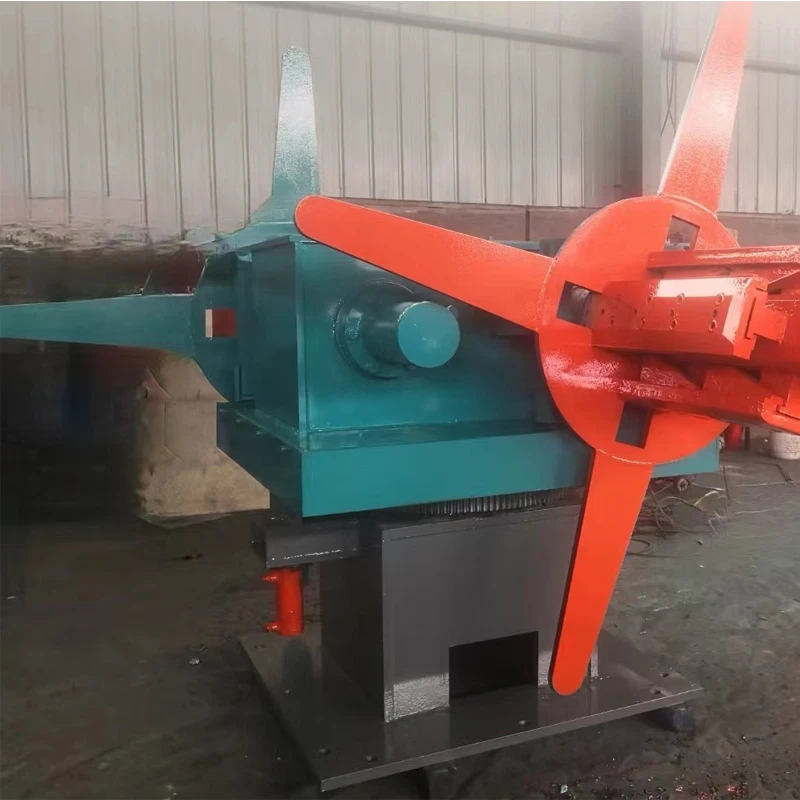sheet metal shear brake
Understanding Sheet Metal Shear Brakes A Comprehensive Overview
Sheet metal fabrication is a vital process in modern manufacturing, playing a crucial role in various industries, from automotive to aerospace. Among the essential tools used in this process is the sheet metal shear brake. This machine is designed to cut, bend, and shape metal sheets, making it an invaluable asset for professionals working with sheet metal.
What is a Sheet Metal Shear Brake?
A sheet metal shear brake is a specialized tool that combines the functions of a shear and a brake. The shear component is responsible for cutting metal sheets into specified sizes, while the brake is used to bend those sheets into desired shapes and angles. This dual functionality allows fabricators to create complex parts from flat sheets of metal efficiently.
The Shearing Process
The shearing process involves the use of a sharp blade that slices through the metal sheet. As the sheet is fed into the machine, the upper blade descends and applies force to cut through the material. This operation requires precision to ensure clean edges and accurate dimensions. Proper setup and maintenance of the blades are crucial for achieving optimal cutting performance and longevity.
When selecting a sheet metal shear brake, several factors must be considered, such as the thickness and type of the metal being processed. Common materials include aluminum, stainless steel, and mild steel, each requiring different blade specifications. A well-maintained shear will provide consistent results and reduce the risk of damaging the metal during the cutting process.
The Bending Process
Once the metal sheet is cut to the desired dimensions, the bending process can begin. The brake features a clamping mechanism that holds the sheet in place while a ram or upper beam moves down to create the bend. The angle of the bend can be adjusted according to the specifications provided by the fabricator.
sheet metal shear brake

There are different types of bends, including air bends, bottoming bends, and coining, each offering unique characteristics and benefits. Air bending, for instance, allows for more versatility with the angle of the bend, while coining can produce sharper, more precise bends. Understanding the desired bend type is essential for achieving the desired mechanical properties and aesthetic appearance in the finished part.
Types of Sheet Metal Shear Brakes
Sheet metal shear brakes come in various designs, including manual, powered, and CNC (Computer Numerical Control) models. Manual shear brakes are operated by hand, making them suitable for small workshops or hobbyists. Powered shear brakes, on the other hand, use electric motors to handle larger sheets and heavier materials, providing faster operation and reduced physical strain on the operator.
CNC shear brakes represent the pinnacle of precision and automation in sheet metal fabrication. These machines are computer-controlled, allowing for highly accurate bends and cuts that can be replicated with minimal variation. This functionality is particularly beneficial in large-scale production environments, where consistency and efficiency are paramount.
Applications of Sheet Metal Shear Brakes
The versatility of sheet metal shear brakes makes them suitable for a wide range of applications. They are commonly used in the manufacturing of HVAC components, automotive parts, cabinetry, and industrial enclosures. The ability to create custom shapes and sizes enables fabricators to meet specific client demands and adapt to unique project requirements.
Conclusion
In summary, the sheet metal shear brake is an essential tool in the world of metal fabrication. Its ability to cut and bend metal sheets with precision makes it a favorite among professionals in various industries. With advancements in technology and design, the capabilities of shear brakes continue to expand, further enhancing their importance in modern manufacturing processes. Understanding how to operate and maintain these machines effectively is crucial for fabricators aiming to achieve high-quality results and meet the demands of an ever-evolving market.
-
Pipe End Closing Machine High-Speed Tube Forming SolutionsNewsApr.29,2025
-
Sheet Metal Forming Rollers Precision Roll Forming SolutionsNewsApr.29,2025
-
High-Efficiency Roller Straightener Machine Precision Wire StraighteningNewsApr.29,2025
-
Low Speed Metal Cutting Saws Precision Cutting & DurabilityNewsApr.28,2025
-
Shear Baler for Sale - High-Efficiency Scrap Metal ProcessingNewsApr.28,2025
-
Shutter Door Rolling Machine - High-Speed & Precision BuiltNewsApr.27,2025


